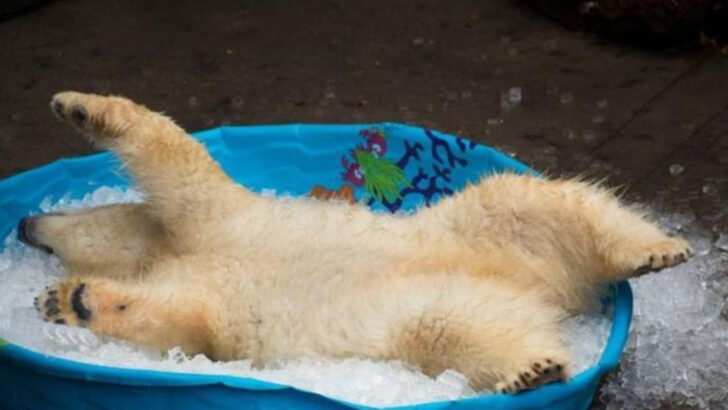Summer heat doesn’t play favorites—not even with lions, penguins, or pandas. When the temperature soars, zoos turn into full-blown spas with the wildest VIPs. Think frozen fish towers for seals. Ice-packed hammocks for red pandas. Whole watermelons plunged in blocks of ice for elephants to smash and snack on. It’s not just adorable—it’s essential. Zookeepers have become expert cool-down artists, turning blistering days into moments of pure animal bliss. Watching a tiger belly-flop into a pool or a bear lick fruit popsicles like it’s the Fourth of July is a reminder— Everyone, no matter how furry, feathery, or fierce, needs a break from the heat. Here’s how zoos across the U.S. are getting wildly creative to keep their animals chilled, hydrated, and happy all summer long.
Polar Bears and Ice Baths
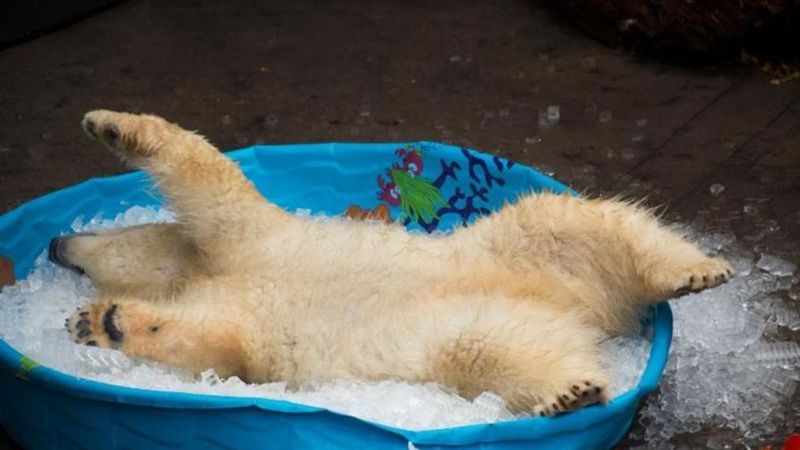
Polar bears, despite their thick fur, love a good chill. Zoos often provide them with ice baths, transforming their enclosures into temporary Arctic oases. These ice baths replicate the polar bears’ natural environment, offering not only relief from heat but also a playful activity.
Watching a polar bear splash around in icy water is a delight for zoo visitors. It’s an engaging spectacle as these majestic creatures interact with the ice.
Did you know? Polar bears have black skin under their fur, which helps absorb and retain warmth in cold climates.
Elephants and Mud Wallowing
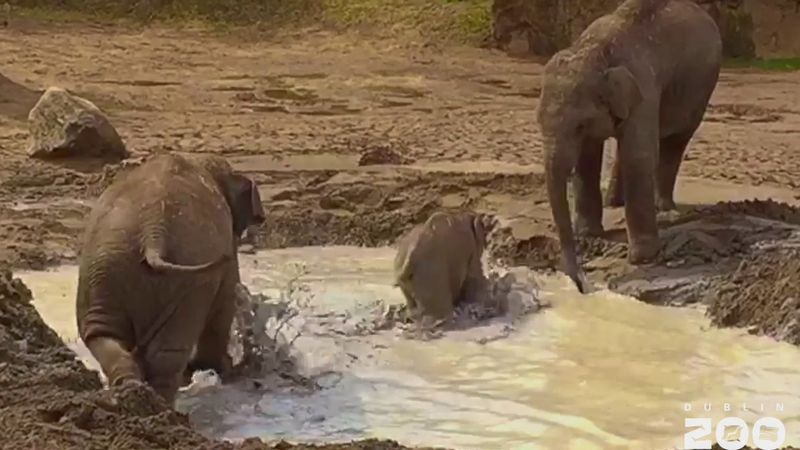
Elephants are known for their love of mud. At zoos, these gentle giants enjoy wallowing in large mud pits, which serve dual purposes. The mud cools their skin and provides a natural sunscreen against the sun’s harsh rays.
Elephant mud baths are a social event, often involving the whole herd. The sight of elephants playfully tossing mud onto each other is both entertaining and educational. Mud wallowing also helps protect their skin from insects.
Interestingly, an elephant’s skin can be up to an inch thick, yet it remains sensitive enough to detect the smallest bug.
Primates and Frozen Treats
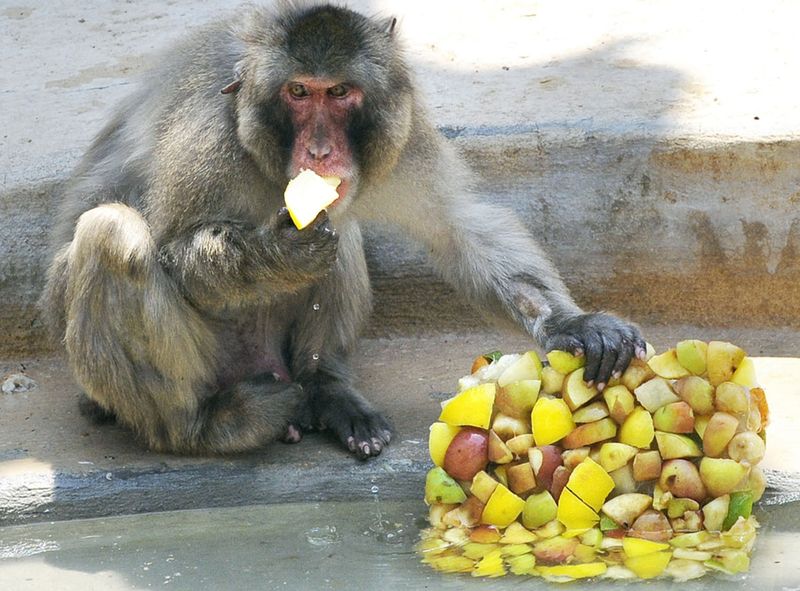
For primates, frozen fruit treats are a delightful summer surprise. These icy snacks not only help to cool them down but also provide mental stimulation as they figure out how to extract the fruit.
Observing primates interact with these treats is a joy—they use their fingers and tools to reach every morsel. It’s a testament to their intelligence and dexterity.
These frozen delights are part of zoos’ enrichment programs, designed to mimic the challenges primates face in the wild when foraging for food.
Penguins and Air-conditioned Habitats
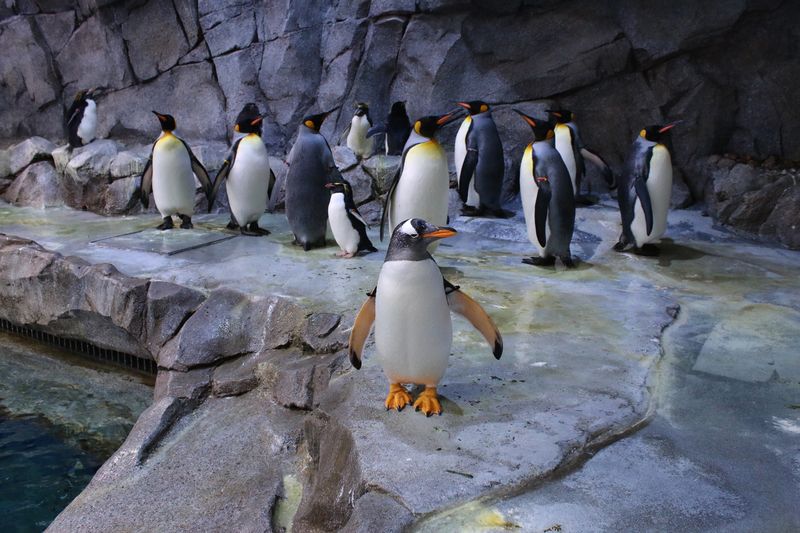
Penguins, accustomed to the icy Antarctic, thrive in specially designed, air-conditioned habitats at zoos. These areas simulate their native climate, complete with snow and ice.
Visitors can enjoy watching penguins waddle and slide joyfully across icy surfaces. This cool environment ensures their comfort and promotes natural behaviors.
Penguin enclosures use advanced climate control systems to maintain optimal conditions, reflecting the zoos’ commitment to animal welfare and conservation. Interestingly, not all penguins live in cold climates; some species inhabit temperate zones.
Big Cats and Shady Retreats
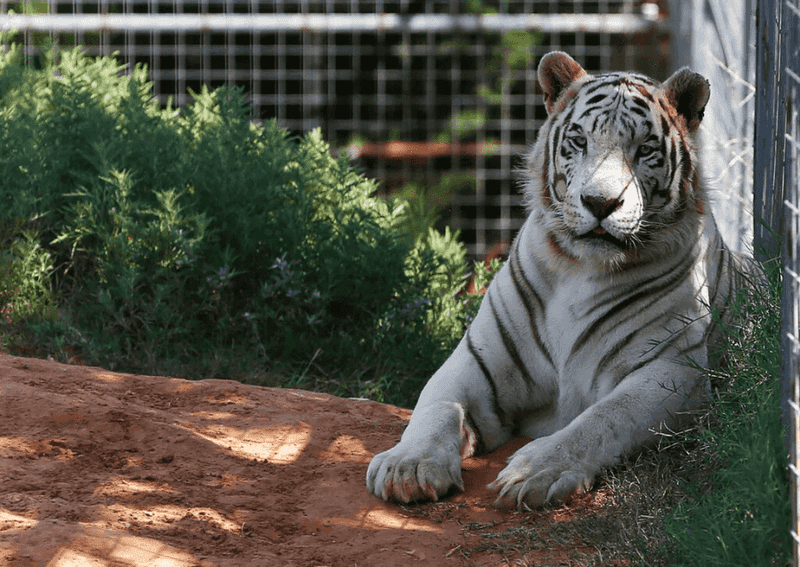
In the summer heat, big cats like tigers and lions often retreat to shaded areas with cooling misters. These shaded retreats offer a respite from the sun’s intense rays, allowing the cats to lounge comfortably.
The misting system creates a fine spray that cools the ambient temperature, enhancing the cats’ comfort. Observers are often captivated by the sight of these powerful predators relaxing in such tranquil settings.
Zoos carefully design these enclosures to replicate the cats’ natural habitats, ensuring their physical and psychological well-being.
Reptiles and Cool Burrows

Reptiles, being ectothermic, rely on their environment to regulate body temperature. Zoos provide cool burrows where tortoises and other reptiles can escape the heat.
These burrows are designed to mimic natural hiding spots, offering a sanctuary from the sun. Observing reptiles emerge from these retreats provides unique insights into their behavior.
Interestingly, tortoises use these cool spots not only for temperature regulation but also for resting and hiding from predators in the wild.
Giraffes and Leafy Canopies
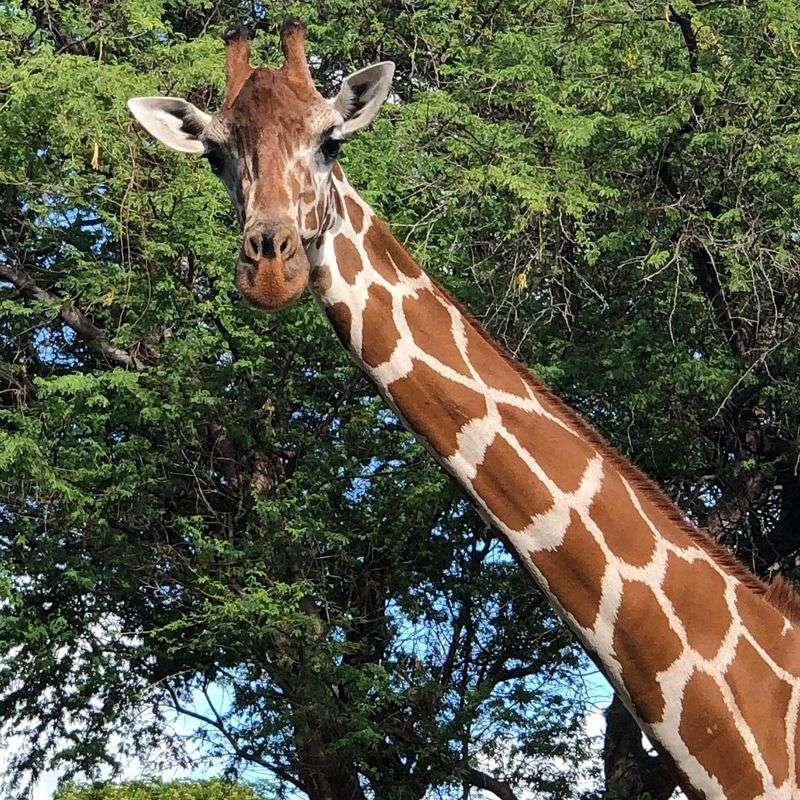
Giraffes enjoy the cool comfort of leafy canopies during hot weather. Zoos often plant tall trees in their enclosures, providing natural shade for these towering animals.
The dappled sunlight creates a pleasant environment for giraffes to graze and rest. Watching them stretch their necks to reach foliage is a mesmerizing sight.
These trees are essential not only for shade but also for the giraffes’ diet, which consists mainly of leaves. It’s a perfect example of how zoos balance environmental enrichment with practical needs.

